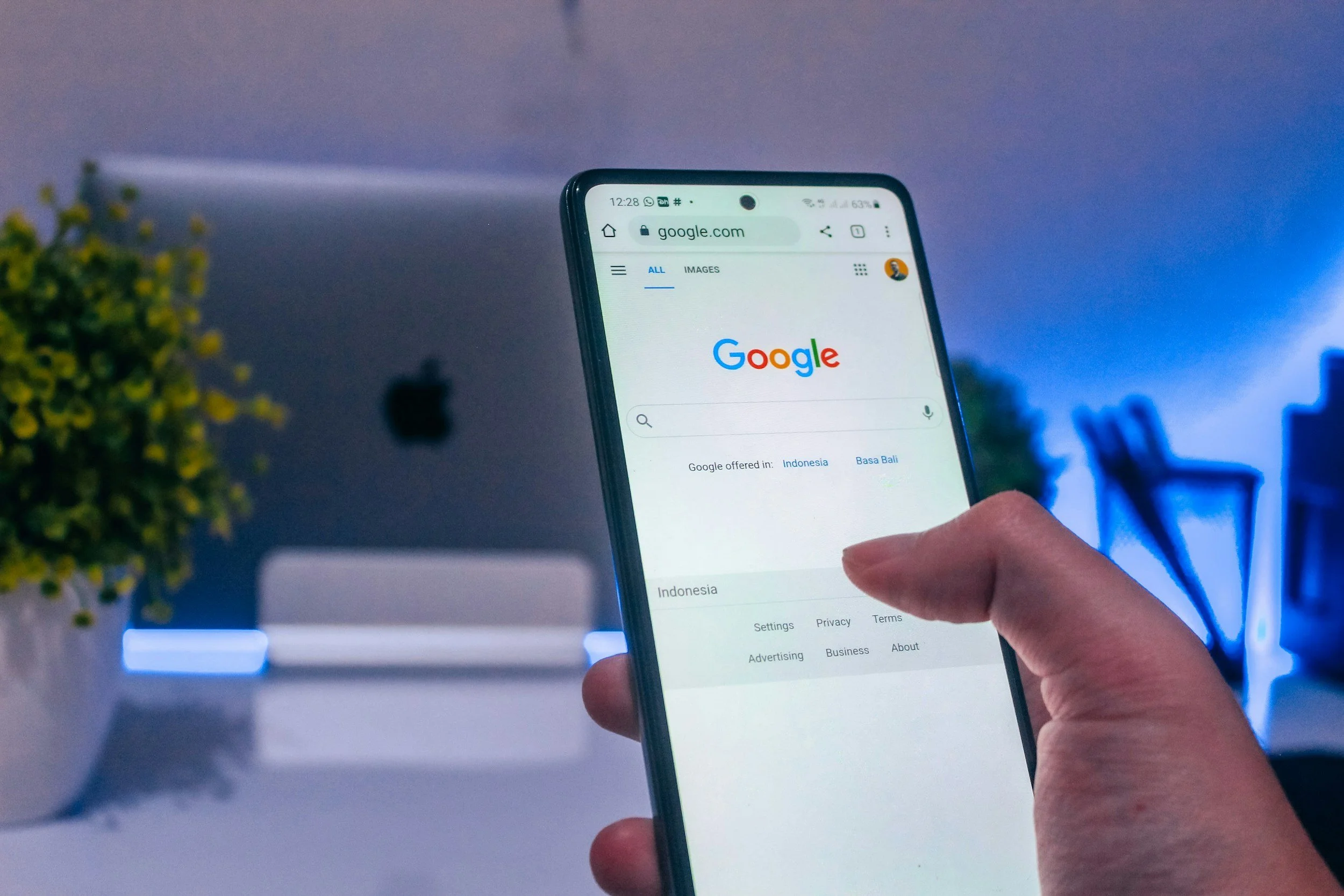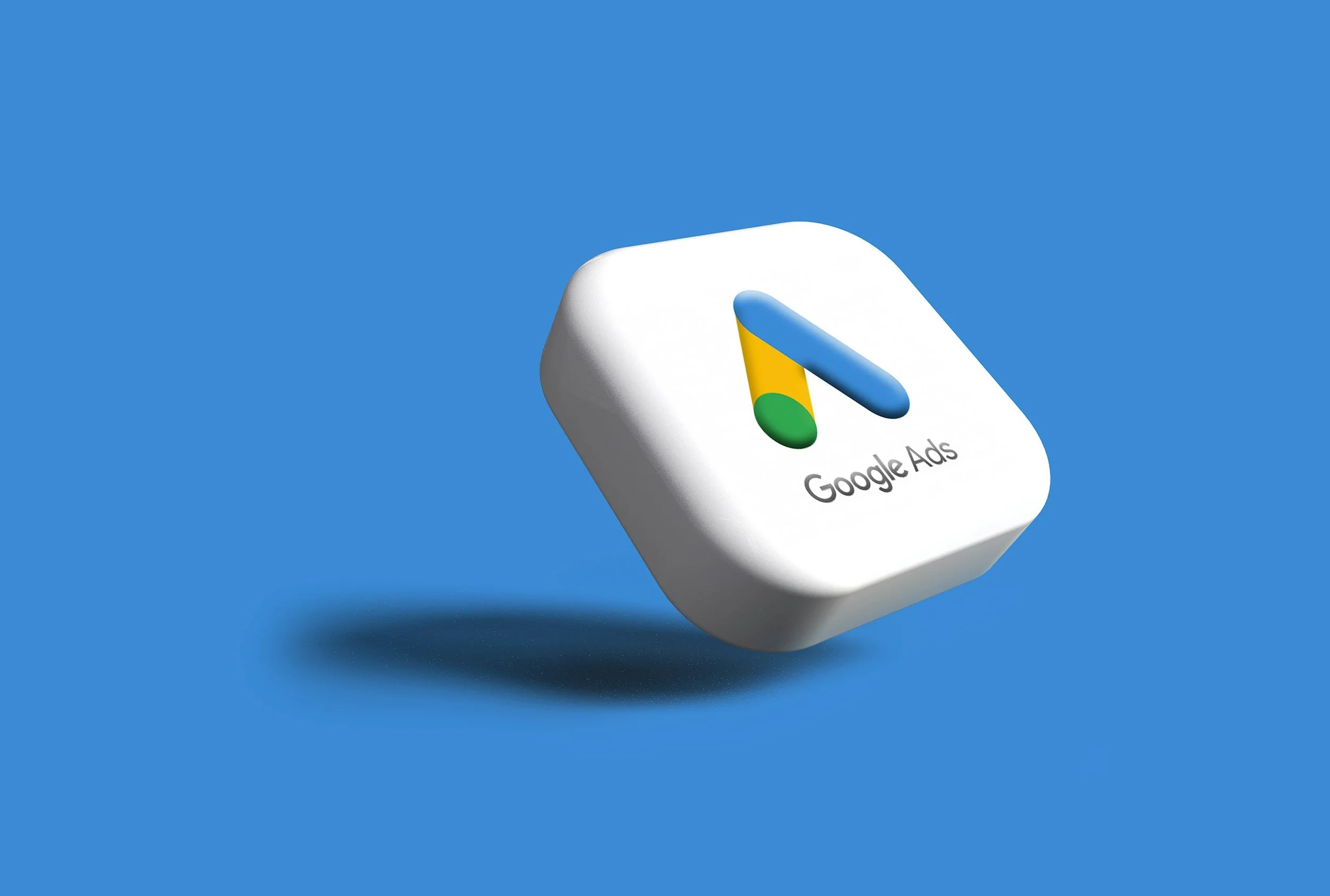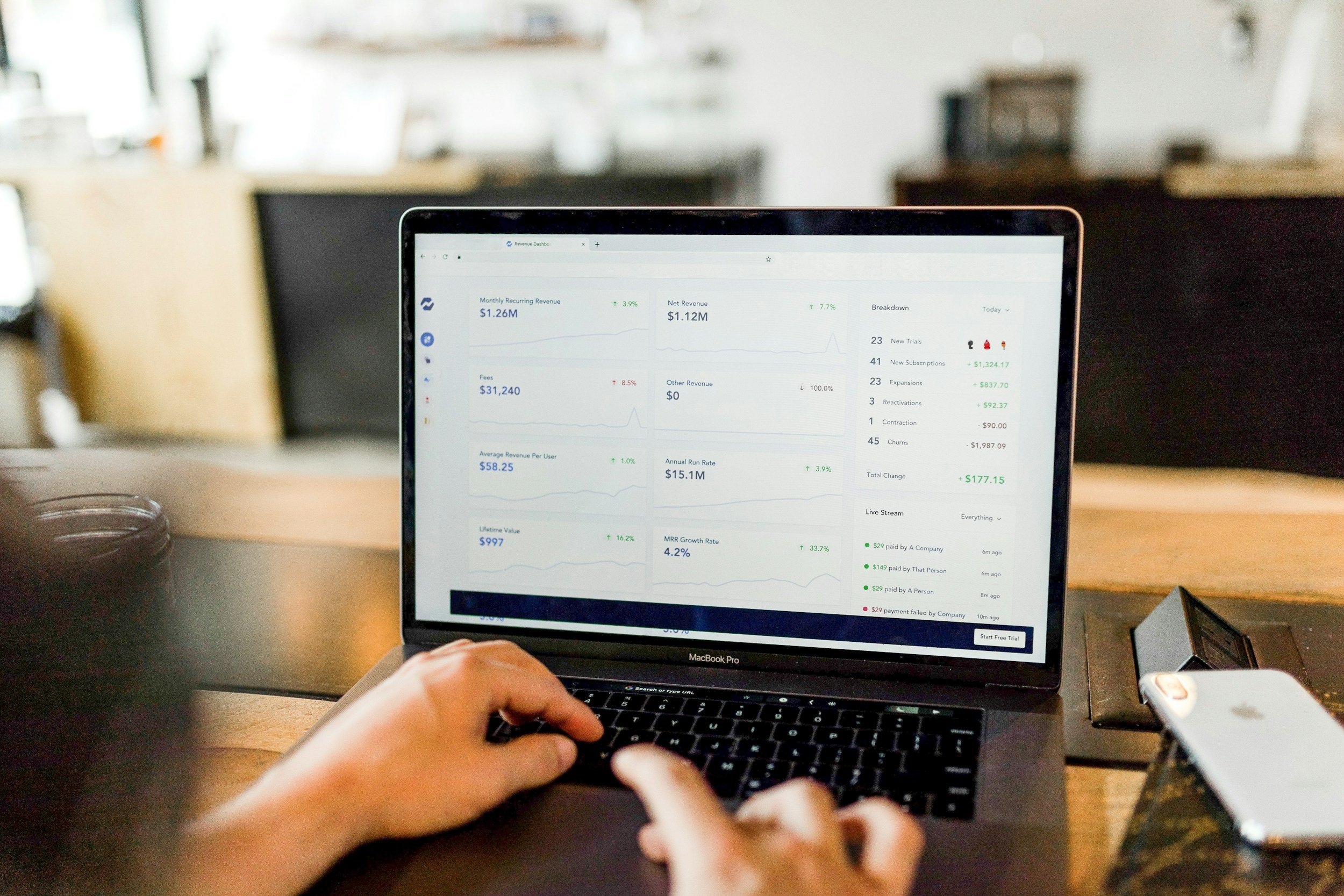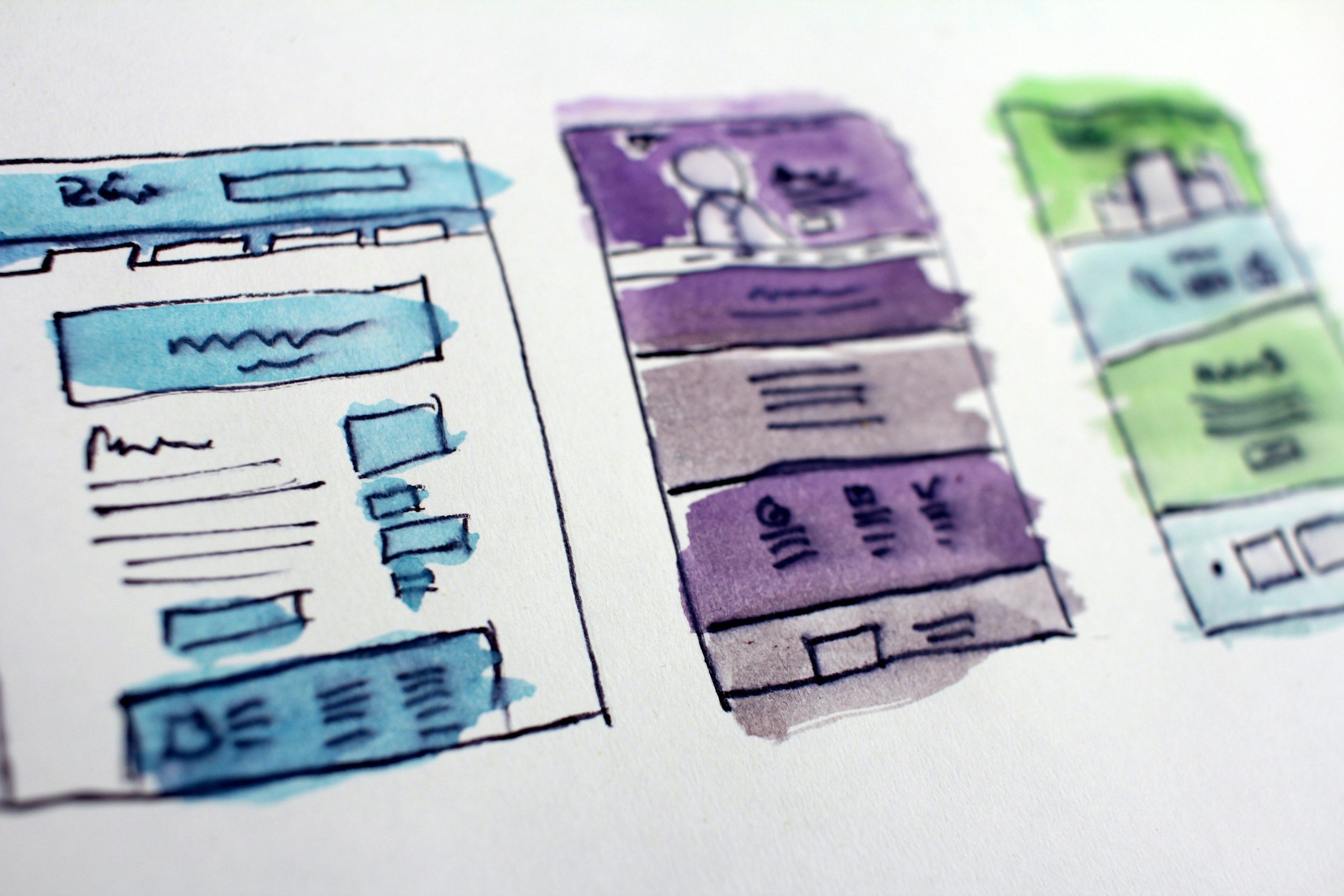SEO vs. PPC, which digital marketing strategy is right for you?
SEO vs. PPC, which digital marketing strategy is right for you?
Key Takeaways
SEO optimises your website’s content, links and technical setup to rank organically; it offers long‑term ROI and authority but takes months and requires ongoing effort.
PPC advertises on search engines and social platforms; it provides immediate traffic and precise targeting but can be costly, short‑lived and needs constant optimisation.
Choosing between SEO and PPC depends on time frame, budget and goals; blending both strategies by testing keywords, occupying both paid and organic results and retargeting often yields the best outcomes.
With so many digital marketing channels available, business owners and marketing teams often grapple with where to focus their efforts—and budgets. Two of the most prominent strategies are SEO (Search Engine Optimization) and PPC (Pay-Per-Click) advertising. Both can drive high-quality traffic to your website, but each has its own strengths, challenges, and use cases.
In this extensive guide, we’ll dissect both SEO and PPC, explore their pros and cons, and help you determine which strategy might be the best fit for your business objectives.
1. What Is SEO (Search Engine Optimization)?
SEO is the practice of optimizing your website and its content to improve visibility and rank higher in organic (unpaid) search engine results. The ultimate goal: attract and convert qualified users who discover your website through search queries related to your offerings.
1.1 Key Components of SEO
On-Page Optimization:
Keyword Research and Integration: Identifying relevant keywords with the right balance of search volume and competition, then strategically placing them in your content, meta tags, and headers.
Content Quality and Relevance: Creating informative, well-structured, and engaging content that directly addresses user intent.
User Experience (UX): Ensuring a fast-loading, mobile-friendly site with easy navigation and clear calls to action.
Off-Page Optimization (Link Building):
Backlinks: Acquiring high-quality backlinks from reputable websites to build domain authority.
Social Signals and Brand Mentions: Earning credibility through social media shares and brand citations across the web.
Technical SEO:
Site Speed and Performance: Optimizing images, code, and hosting for fast page loading.
Structured Data and Indexability: Helping search engines crawl and understand your site with clean code, sitemaps, and structured data markup.
Security (HTTPS): Ensuring your site is secure to build trust and meet search engine requirements.
1.2 Pros of SEO
Long-Term ROI: Once you rank high for targeted keywords, you can attract consistent organic traffic without paying for every click.
Brand Authority and Credibility: High organic rankings can elevate your brand perception and position you as an industry expert.
Sustainability and Compounding Results: Efforts in content creation and link building can continue to pay off over time, as quality content often retains search engine visibility.
1.3 Cons of SEO
Slow to Build: It can take months (or longer) to see significant improvements in keyword rankings, especially in competitive niches.
Constantly Evolving Landscape: Google and other search engines frequently update their algorithms. What works today might not work tomorrow, requiring ongoing learning and adaptation.
Resource-Intensive: Creating high-quality content and earning reputable backlinks can be resource-heavy, requiring consistent effort and expertise.
2. What Is PPC (Pay-Per-Click) Advertising?
PPC involves placing ads on search engines like Google or Bing, as well as social platforms like Facebook/Instagram, LinkedIn, or other websites. You pay a fee each time a user clicks on one of your ads. The most popular PPC platform is Google Ads, often used to display ads on the Google Search Network and Google Display Network.
2.1 Key Components of PPC
Keyword Targeting (Search Ads):
Bid Strategy: Determining how much you’re willing to pay for each click based on keyword competition and your profit margins.
Ad Copy and Extensions: Crafting compelling ad copy with additional features like site links or call extensions to encourage clicks.
Audience Targeting (Social & Display Ads):
Demographics and Interests: Narrowing down audiences based on age, location, interests, behaviors, or even lookalike audiences.
Retargeting: Serving ads to users who have previously visited your site, encouraging them to return and convert.
Landing Page Optimization:
Relevancy: Ensuring that the ad’s promise matches the landing page content.
Conversion-Focused Design: Incorporating clear calls to action, minimal distractions, and quick load times for maximum impact.
2.2 Pros of PPC
Immediate Results: You can start driving traffic as soon as your campaigns are live. This is particularly beneficial for new websites or urgent campaigns (e.g., seasonal sales).
Full Control Over Budget and Targeting: Set daily or monthly budgets, choose specific target audiences, and pause campaigns instantly if needed.
Measurable and Trackable: Platforms like Google Ads and Meta Ads provide detailed analytics on clicks, impressions, conversions, and cost, making ROI and ROAS calculations more straightforward.
2.3 Cons of PPC
Costs Can Escalate Quickly: If you’re competing for high-value keywords or not optimizing your campaigns, you can burn through your budget with minimal returns.
Short-Lived Impact: Once you stop paying, your ads disappear. There’s no residual traffic as you might enjoy with SEO.
Requires Ongoing Monitoring and Optimization: A “set it and forget it” approach rarely works in PPC, as competitive landscapes and platform algorithms are always changing.
3. Comparing SEO and PPC: Key Considerations
3.1 Time Frame
SEO: Long-term strategy. It could take 3–6 months (or more) to see significant improvements in rankings, depending on the niche and competition.
PPC: Short-term to immediate strategy. You can drive traffic instantly but need consistent budget allocations.
3.2 Cost and ROI
SEO: While you don’t pay for clicks, you invest heavily in content creation, link building, and technical optimizations. Long-term, it can offer a higher ROI if done properly.
PPC: Highly scalable but can become expensive. Your Return on Ad Spend (ROAS) needs careful tracking. Ideally, you should measure Cost Per Acquisition (CPA) and your profit margins to ensure sustainability.
3.3 Level of Control
SEO: You can optimize your site, but you can’t directly control how fast or in what exact position Google will rank your pages. Algorithm changes can affect your visibility.
PPC: You have precise control over budgets, bids, keywords, and audience targeting. If certain aspects of your campaign aren’t working, you can pivot in real-time.
3.4 Audience Behavior and Trust
SEO: Many users trust organic search results more than ads, giving credibility to sites that rank highly without paid promotion.
PPC: Ads are clearly labeled, and some users skip them entirely. However, well-targeted ads can attract high-intent clicks if the user’s search aligns perfectly with your offer.
3.5 Scalability and Competitive Landscape
SEO: Competing for top positions in organic search can be challenging in saturated markets. Long-standing competitors with high domain authority can be tough to outrank quickly.
PPC: You can jump to the top of search results if you outbid competitors. However, the cost per click can skyrocket in hyper-competitive niches (e.g., legal, insurance, software).
4. Deciding Which Strategy Is Right for You
4.1 When to Prioritize SEO
Long-Term Growth:
You want a steady stream of organic traffic that doesn’t require continuous ad spending.
You aim to build brand authority in your niche.
Budget Constraints:
You have limited funds for ongoing paid campaigns, but you’re willing to invest time (and some resources) into content and optimization.
Industry with Lower Competition:
If you’re in a niche with fewer competitors or local/regional markets, you can see results faster.
Authority and Credibility:
You want to position your brand as a trustworthy industry resource.
Being in the top organic spots often enhances perceived credibility.
4.2 When to Prioritize PPC
Immediate Traffic Needs:
You’re launching a new product or service and need traffic (and sales) quickly.
You’re running time-sensitive promotions like holiday sales.
High-Competition Keywords:
Ranking for certain keywords organically is difficult or near-impossible in the short term. PPC can help you appear for those terms right away.
Precise Audience Targeting:
You have a well-defined audience persona and want to leverage advanced demographic and interest-based targeting.
You want to retarget users who have visited specific product pages or abandoned carts.
Dedicated Budget and Expertise:
You have the funds (and/or a dedicated team or agency) to continually optimize and manage bids, keywords, and creative assets.
You track conversions meticulously and can confidently measure ROAS and CPA.
4.3 Combining Both Strategies
Many successful businesses leverage both SEO and PPC simultaneously:
Keyword Insights: Use PPC campaigns to test which keywords convert best. Then, focus your SEO efforts on those that yield high-quality leads and sales.
SERP Real Estate: Occupying both paid and organic listings on the same search results page can increase brand visibility and trust.
Continuous Testing: Data gathered from PPC (like click-through rates and conversion rates) can inform your SEO content creation and on-page optimization.
Remarketing and Retargeting: Even if your website is getting decent organic traffic, PPC remarketing campaigns can nurture leads who aren’t quite ready to convert.
5. Common Pitfalls to Avoid
Underestimating the Resource Requirements of SEO:
Without consistent content updates, link-building efforts, and technical audits, your SEO progress can stall.
Ignoring Quality Score in PPC:
Platforms like Google Ads factor in Quality Score, which considers relevance of keywords, ad copy, and landing pages. Low scores increase your cost per click (CPC).
Failing to Calculate True ROI:
Understand all costs involved—be it content creation (SEO) or ad spend plus overhead (PPC).
Consider Lifetime Value (LTV) for accurate long-term planning.
Skipping Analytics and Testing:
Whether you choose SEO, PPC, or both, you must actively track metrics (traffic, conversions, CPA, and more).
A/B test ad creative, landing pages, and content formats.
Relying on “Set It and Forget It” Approaches:
Both SEO and PPC require ongoing attention. SEO needs fresh, relevant content and adaptation to algorithm changes; PPC demands regular bid adjustments and creative rotations.
6. Crafting Your Strategy: Final Considerations
1. Assess Your Goals and Timeline:
If you need immediate leads, PPC could be your first go-to.
If you aim for sustainable long-term growth and brand authority, SEO is critical.
2. Evaluate Competition and Budget:
If your niche is extremely competitive, consider the feasibility of ranking organically and the potential CPC of paid ads.
Allocate resources accordingly, perhaps splitting budgets between SEO and PPC to maximize overall coverage.
3. Align with Your Internal Capabilities:
Do you have an in-house SEO specialist or a trusted agency?
Do you have someone proficient in managing complex PPC campaigns (e.g., Google Ads, Facebook Ads)?
4. Optimize for Conversions, Not Just Clicks:
Regardless of the channel, the end goal is generating leads or sales. Design your website, product pages, and funnels for user experience and conversion.
Conclusion
Choosing between SEO and PPC isn’t always an either-or decision. Each strategy offers unique advantages and can serve specific business objectives. SEO is a long-term commitment that can yield sustained, cost-effective results once you establish authority. PPC, on the other hand, delivers immediate traffic and highly targeted reach but demands continuous budget and campaign oversight.
In many cases, businesses find the greatest success by blending both strategies—using PPC to generate instant leads, gather keyword insights, and retarget website visitors, while simultaneously working on SEO to build lasting organic visibility. By understanding your audience, goals, timeline, and resources, you can determine the right balance of SEO and PPC to maximize your digital marketing ROI.
Ready to Choose or Combine Both?
If your priority is immediate leads: Start with a well-structured PPC campaign, track every click and conversion, and optimize as you go.
If you’re building long-term authority: Invest in SEO fundamentals—technical setup, content strategy, link-building, and user experience.
For the best of both worlds: Use PPC for quick wins and remarketing, while continually nurturing your SEO to build an evergreen traffic and lead-generation machine.
Looking for a PPC agency in Manchester? Get in touch today.













